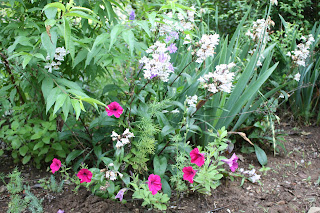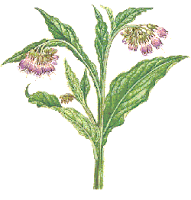Plant Lily scale bulbils and basal plate roots
.JPG)
Yesterday I described what lily bulb scales are and how to make more lilies with just the scales. When the scales form tiny bulbs in damp vermiculite or seed starting mix, it is time to plant them. Fill a tray with sterile planting soil. Be sure the container has drainage holes. I planted the lily scales in two trays of moistened potting soil. Each rooted basal plate was given its own small pot. At the end, I had several scales left so I stuck one in each of the pots, too. The planting trays were topped with clear plastic lids and moved into a place where they would get filtered light but not direct sunlight. We'll find out together how this adventure ends!
.JPG)










.JPG)



